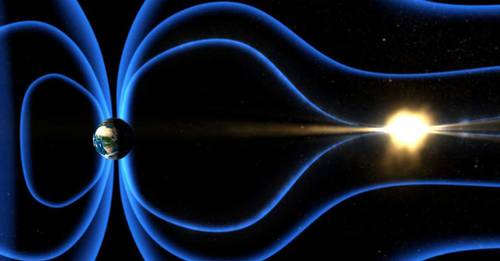The Southwest Research Institute (SwRI) is currently conducting a unique investigation into the Earth’s magnetic tail, specifically focusing on an unusual event that occurred. This elongated portion of the magnetosphere serves as the main source of polar auroras and shields the planet from high-energy particles from the Sun. SwRI scientists are utilizing data from NASA’s Multiscale Magnetospheric (MMS) mission to study fleeting disturbances in the magnetic tail that release energy and often lead to auroras.
Since its launch in 2015, MMS has been examining the magnetopause, the boundary between the magnetosphere and surrounding plasma, for signs of reconnection. Reconnection occurs when magnetic field lines converge, separate, and explosively reconnect, converting magnetic energy into heat and kinetic energy. In 2017, MMS observed signs of reconnection in the magnetic tail but not typical indicators such as strong electrical currents or disturbances in the region.
The SwRI project aims to compare measurements taken by MMS on local reconnection’s effects with global reconstructions of the magnetosphere using data from NASA’s Goddard Space Flight Center and University of Michigan’s Space Weather Modeling Framework. The study aims to improve our understanding of substorms and reconnection events and their relationship by shedding light on significant differences between global magnetotail convection patterns for substorms and reconnection events.



